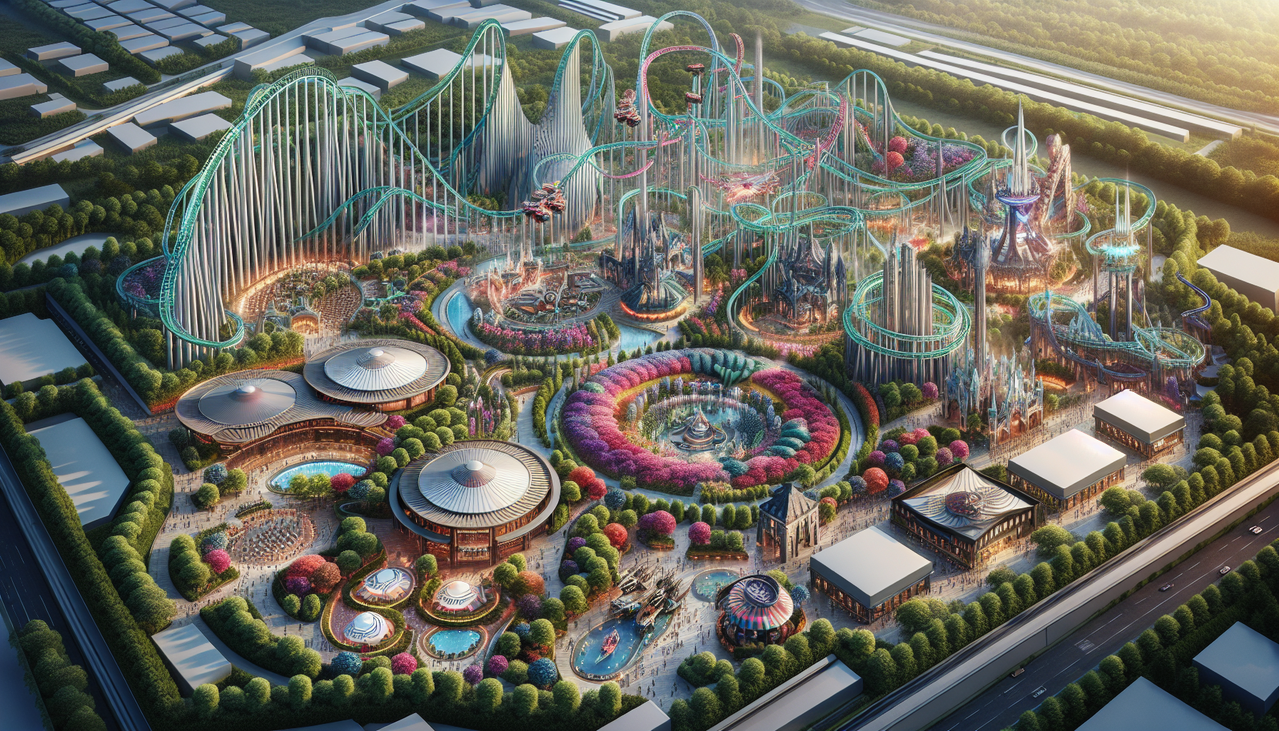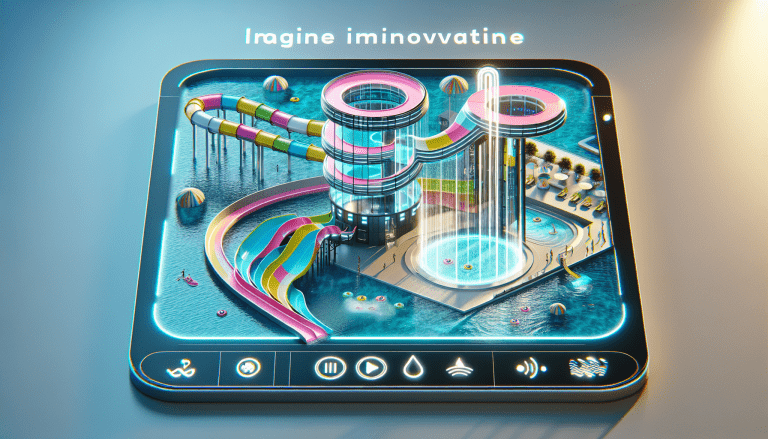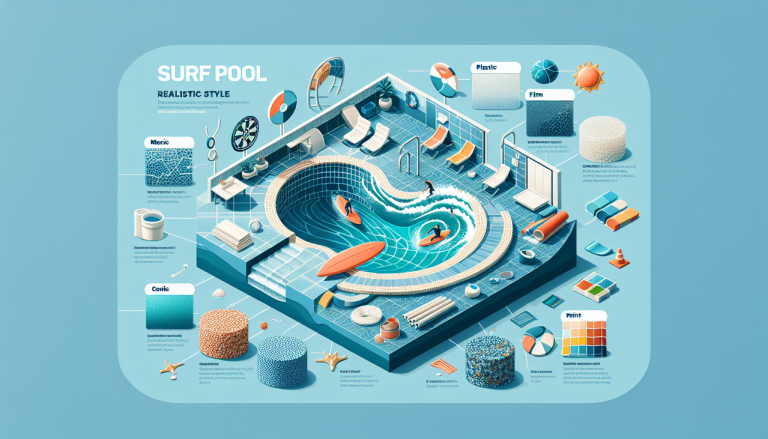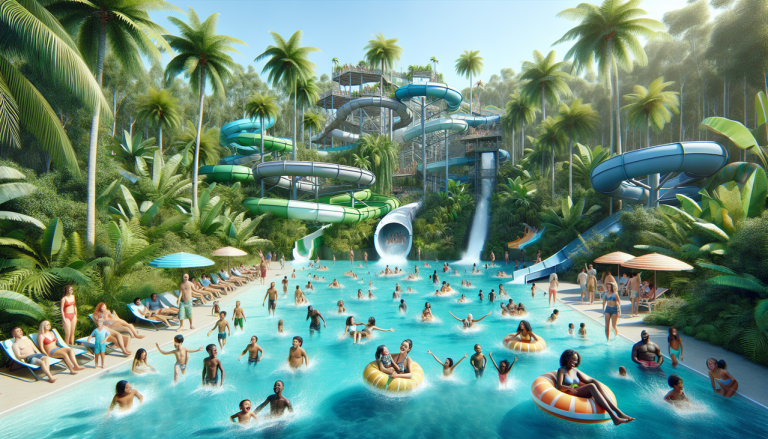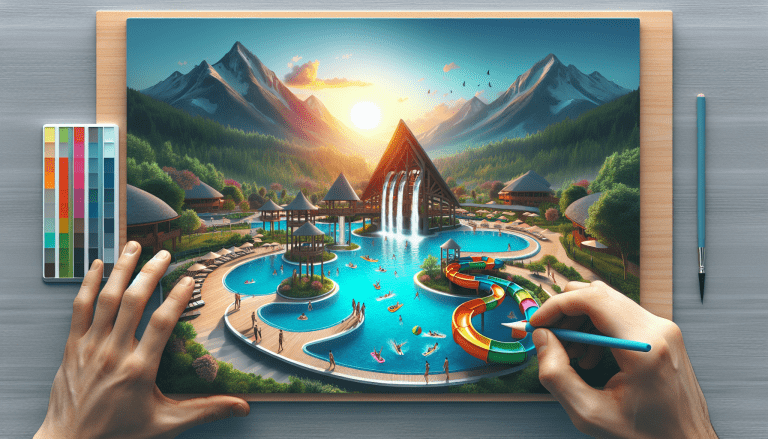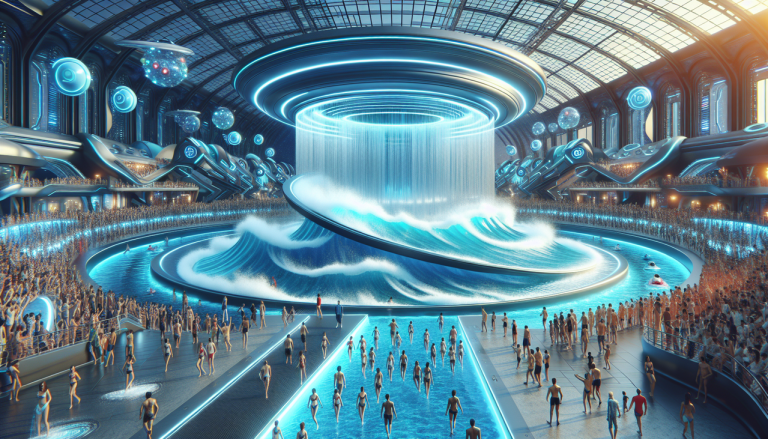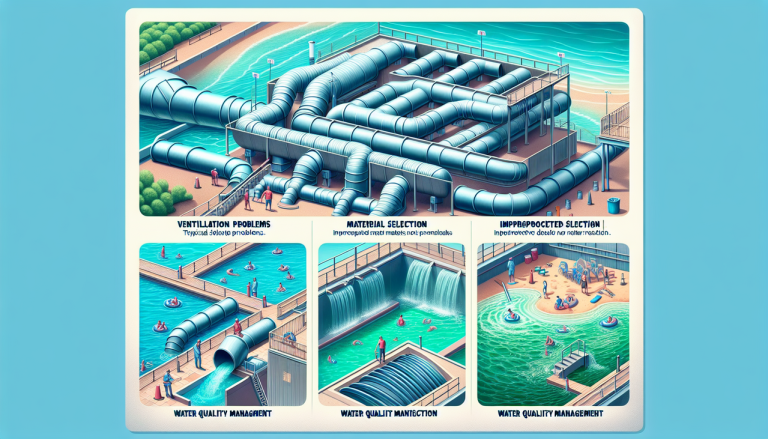Design and Capital Raising Insights for Theme Parks
Audio:
Text:
At the start of 2020, the outbreak of the new coronavirus led numerous theme parks nationwide to announce closures, making it easy to shut their doors. However, for those operating these parks, the pressure was immense. Theme parks are labour-intensive service industries, and without ticket revenue, the financial strain is significant. The tourists lost during the Spring Festival holiday won’t return, and the losses can’t be recouped, leading to a substantial increase in costs. Amidst the outbreak’s pressure, during the isolation period, many business entities and employees likely took the time to calmly consider the industry’s future development plans.
During my own time in isolation, I pondered the relevant issues facing our industry. Suddenly, I realised it had been 15 years since I entered the theme park sector. Reflecting on these years, it felt as though time had flown by. Over the past 15 years, I’ve experienced the “vertical” work involved in park operations post-opening, from conducting market research for main theme park projects, project planning, theme park design, operational capital raising, drawing reviews, and engineering. Through deep exploration of vertical work and the expansion of horizontal work, I’ve come to appreciate the challenges of executing a theme park project well. Especially in recent years, the construction of theme park projects has progressed rapidly. Throughout my work, I’ve encountered many subjective views from various parties, each from their own perspective. Today, I’d like to discuss several common and notable views within the industry. These thoughts represent my personal opinions. Due to differing perspectives, the phenomena expressed are not targeted, nor are they exhaustive. Please feel free to correct and improve upon them.
Common Industry Perspectives
Viewpoint 1: When first entering the theme park industry, does the owner believe it’s sufficient to build a theme park by hiring a planning and design unit to conduct professional design at each stage, engage a construction unit, and allow the operation team to handle pre-opening, marketing, and post-opening operations?
Viewpoint 2: As a theme park operator, do you often question why many designs require us to raise funds during the design process? Are they not specialised in design? If our operation team instructs the design unit on how to design, then why do we need the design unit?
Viewpoint 3: As a design unit, designers frequently request Party A to provide capital for operations during the design process. Meanwhile, Party A might question, “Your design unit is professional; we’ve paid you the design fee, so you should design my project well.”
Of course, it’s quite normal for these views to arise, as the revolution is not yet complete, and differing opinions will naturally emerge along the way. The perspectives expressed by Party A, Party B, the operator, and all parties from their own viewpoints are reasonable in their own right. Today, I wish to share my understanding of these three points based on my comprehension of the overall horizontal work in theme park design, hoping to aid future theme park projects.
Challenges and Opportunities in Theme Park Projects
Currently, many projects are closed due to the epidemic, but they can reopen once the situation improves. However, in recent years, numerous theme park projects have closed for various reasons, such as poor positioning, inadequate project selection within the park, subpar design, and ineffective operations. During the continuous launch of projects, there have been instances where investments exceeded 100 million yuan, yet the park closed for rectification within just a few months. This serves as a wake-up call! For this reason, I personally believe the aforementioned three points play a crucial role in the success of a project.
In conclusion, understanding the intricacies of theme park design and capital raising from an operational perspective is vital for the sustainability and success of theme parks. By addressing these common industry perspectives and challenges, we can better navigate the complexities of theme park projects and ensure their long-term viability.
